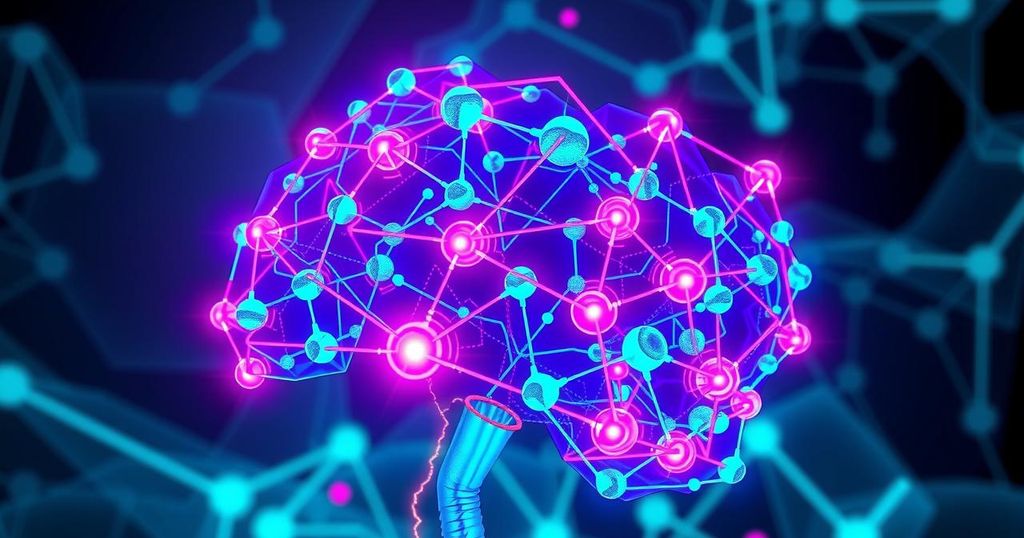Science
ENVIRONMENTAL IMPACT, EUROPE, EXERCISE, HEATHER LESLIE, LESLIE, MENTAL HEALTH, NATURE, NETHERLANDS, NORTH AMERICA, OREGON STATE UNIVERSITY, PROGRAM ON REPRODUCTIVE HEALTH & THE ENVIRONMENT, RESEARCH, SAN FRANCISCO, SCIENCE, SUSAN, SUSANNE BRANDER, TRACEY WOODRUFF, UNITED STATES, UNIVERSITY OF, UNIVERSITY OF CALIFORNIA
James O'Connor
0 Comments
Decoding Microplastics: Unraveling Their Impact on Human Health
Microplastics are infiltrating human bodies, affecting organs and potentially causing harm. Recent studies indicate associations between microplastics and health issues, although definitive damage remains challenging to ascertain. There are also concerns about the hazards of chemicals used in plastics. To combat exposure, individuals can implement practical changes in their daily lives while calling for broader regulatory actions.
In a world filled with microplastics, our bodies are not immune. Recent studies highlight the presence of these tiny plastic particles infiltrating organs from the lungs to the liver. As researchers continue to investigate, the grim reality unfolds: microplastics are drawing closer to human health concerns, having long been studied in environmental contexts. As Heather Leslie, a microplastics researcher, stated, funding for this research was scarce just a decade ago.
Questions about microplastics’ effects on health arise as scientists enter a pioneering phase of discovery. A recent review suggests that these fragments could harm our reproductive, digestive, and respiratory systems, with potential links to colon and lung cancer. Tracey Woodruff emphasizes the urgency, stating, “This is a signal that we should be acting now.” Meanwhile, ecotoxicologist Susanne Brander advocates for global efforts to reduce plastic production without inducing undue panic.
Key questions persist amongst scientists about the specifics of microplastics in our bodies. Defined as plastic particles from 1 nanometer to 5 millimeters, they infiltrate our environment through various channels. Douglas Walker highlights that plastics are some of the most pervasive pollutants we encounter over generations, making it challenging to analyze their impact comprehensively. Researchers struggle to accurately measure these particles, which can affect how they accumulate and interact within our bodies.
Once inside, do microplastics ever exit our system? Research indicates that while some are expelled through stool and urine, ongoing exposure complicates the body’s clearance efforts. Joana Prata notes that a small amount is absorbed, and though not endlessly accumulating, a balance between intake and excretion likely exists. Extrapolating from animal studies suggests our understanding has yet to fully capture the complex dynamics at play.
The guardian question remains: What do these particles do once they infiltrate our bodies? Surprisingly, they can penetrate the gut lining, entering the bloodstream and navigating throughout various organs. Potential locations include the liver, breasts, and even the brain, as microplastics might find refuge in energy-demanding organs. Leslie highlights that when confronting these foreign bodies, our immune systems struggle to eliminate them, causing potential long-term consequences.
While definitive harm remains elusive, associations between microplastics and adverse health effects have surfaced. Various studies link microplastics to health conditions such as cardiovascular issues and gastrointestinal disease. Susanne Brander suggests the evidence of oxidative stress seen in animals likely extends to humans, prompting concerns about the broader impacts on fertility and metabolism.
Underneath the plastic surface lies a variety of hazardous chemicals used in their production, which pose another threat. Known disruptors like phthalates and BPA are well-established culprits. With over 16,000 plastic-related chemicals, many unexamined, concern grows regarding their potential long-term health effects and contribution to disease.
Reducing exposure begins at home, although systemic change is vital. To limit personal exposure to microplastics, avoid single-use plastics and excess food packaging. Favor natural fabrics to minimize microplastic shedding and install tap water filters. Maintaining proper ventilation can reduce indoor particle concentration too. Leslie encourages a sense of control, urging individuals to experiment with alternatives and resist plastic pollution within meaningful limits.
In summary, the pervasive nature of microplastics poses severe questions about their effects on human health, especially as new studies emerge. Although researchers proceed cautiously, evidence linking microplastics to health issues underlines the urgency for understanding and addressing this pollution. As society grapples with the presence of microplastics, taking steps to reduce exposure while advocating for broader changes can positively impact human health and the environment.
Original Source: www.npr.org




Post Comment